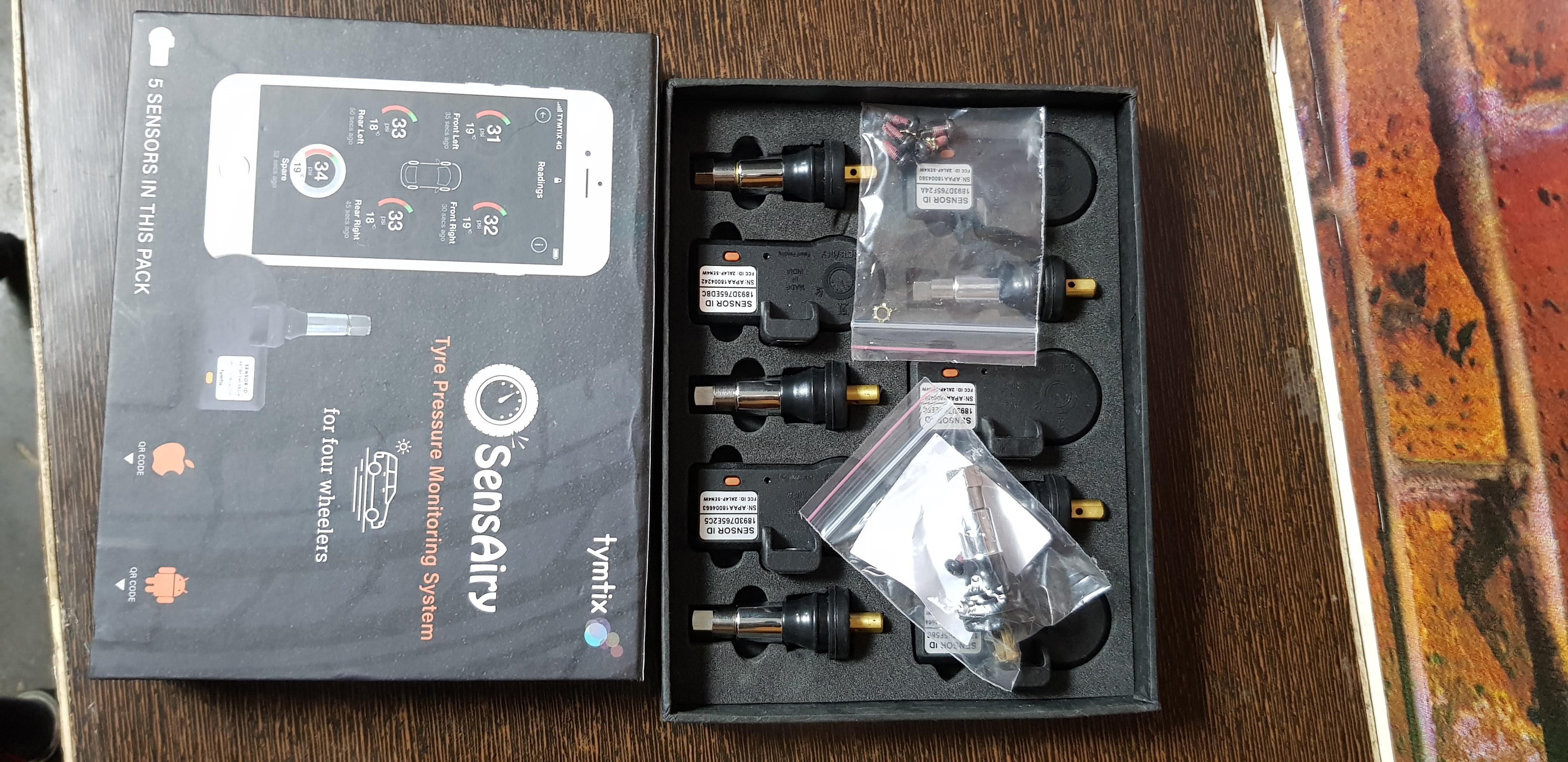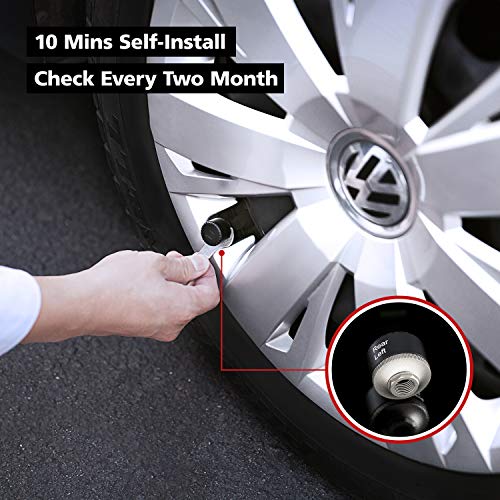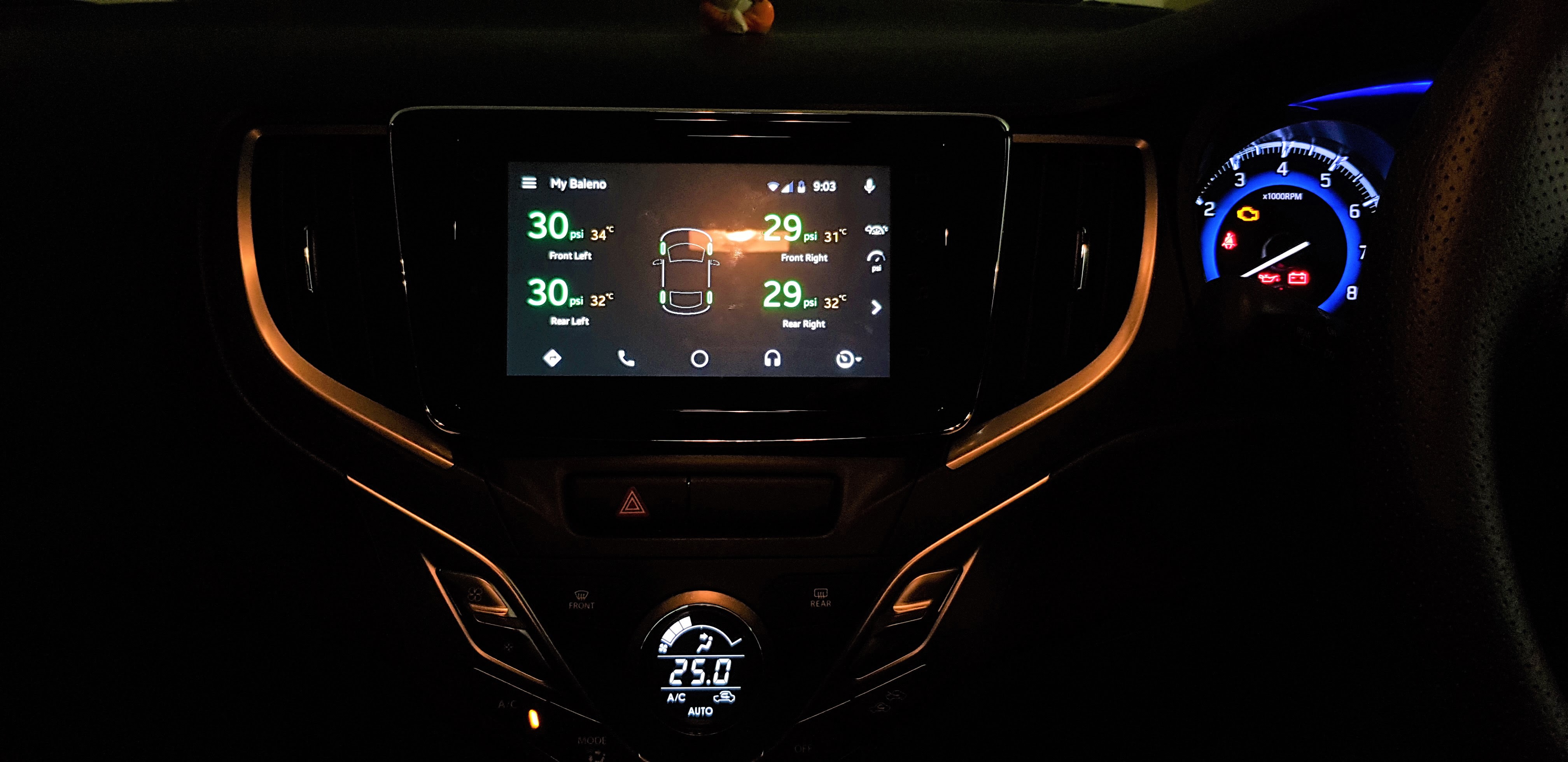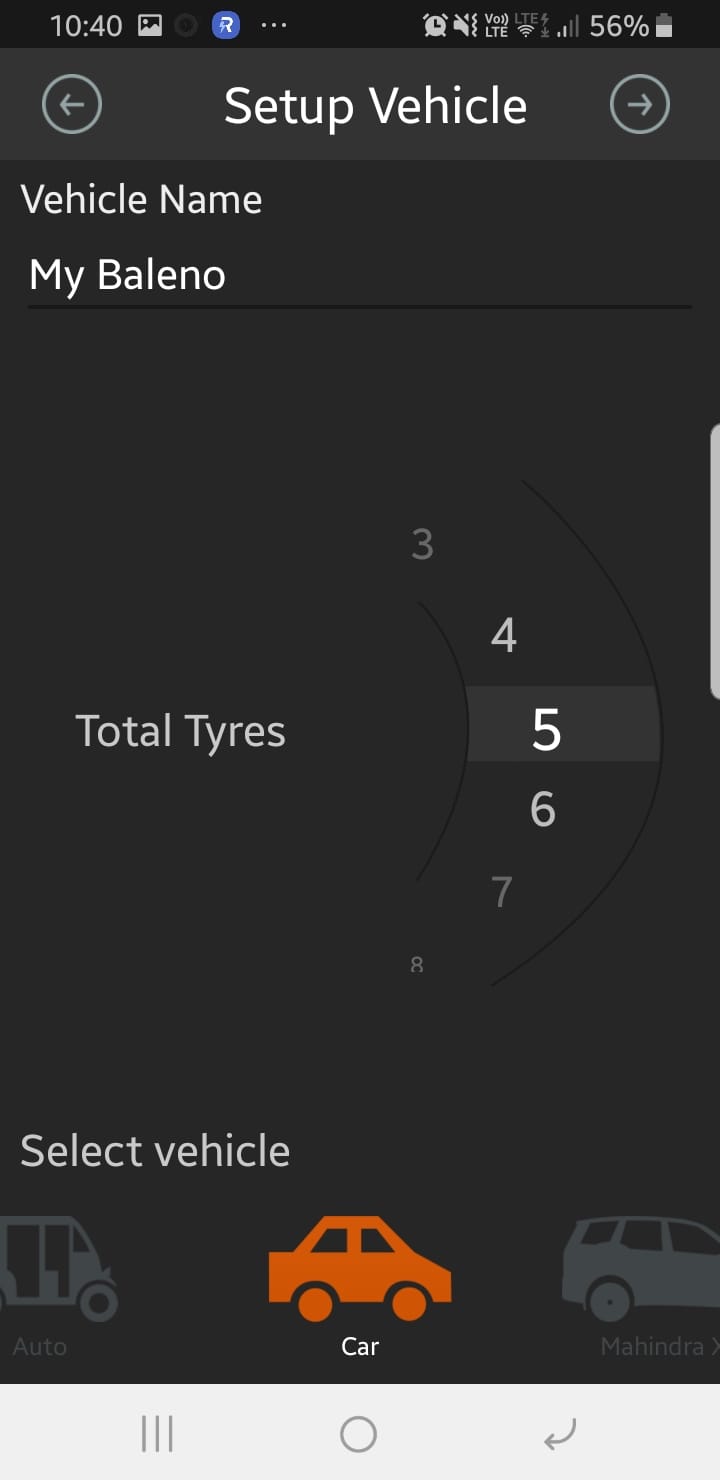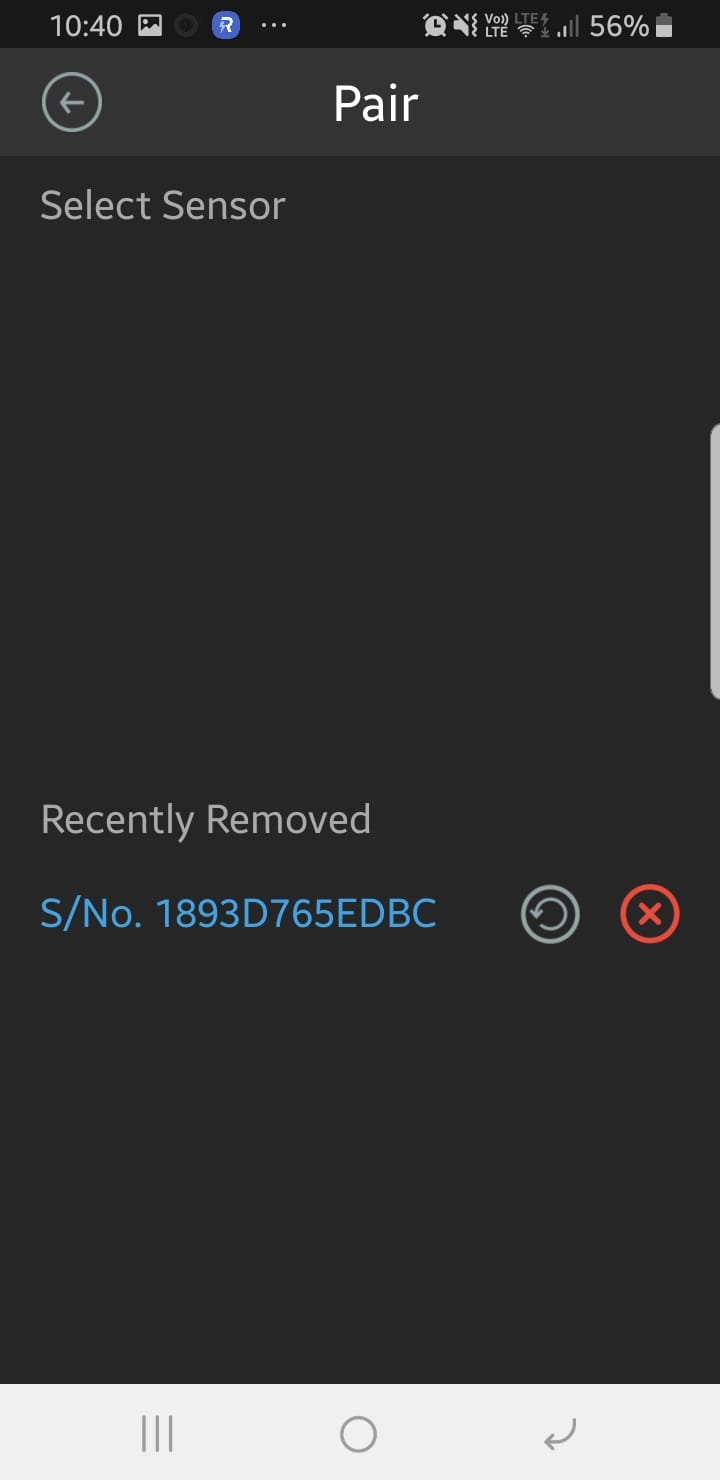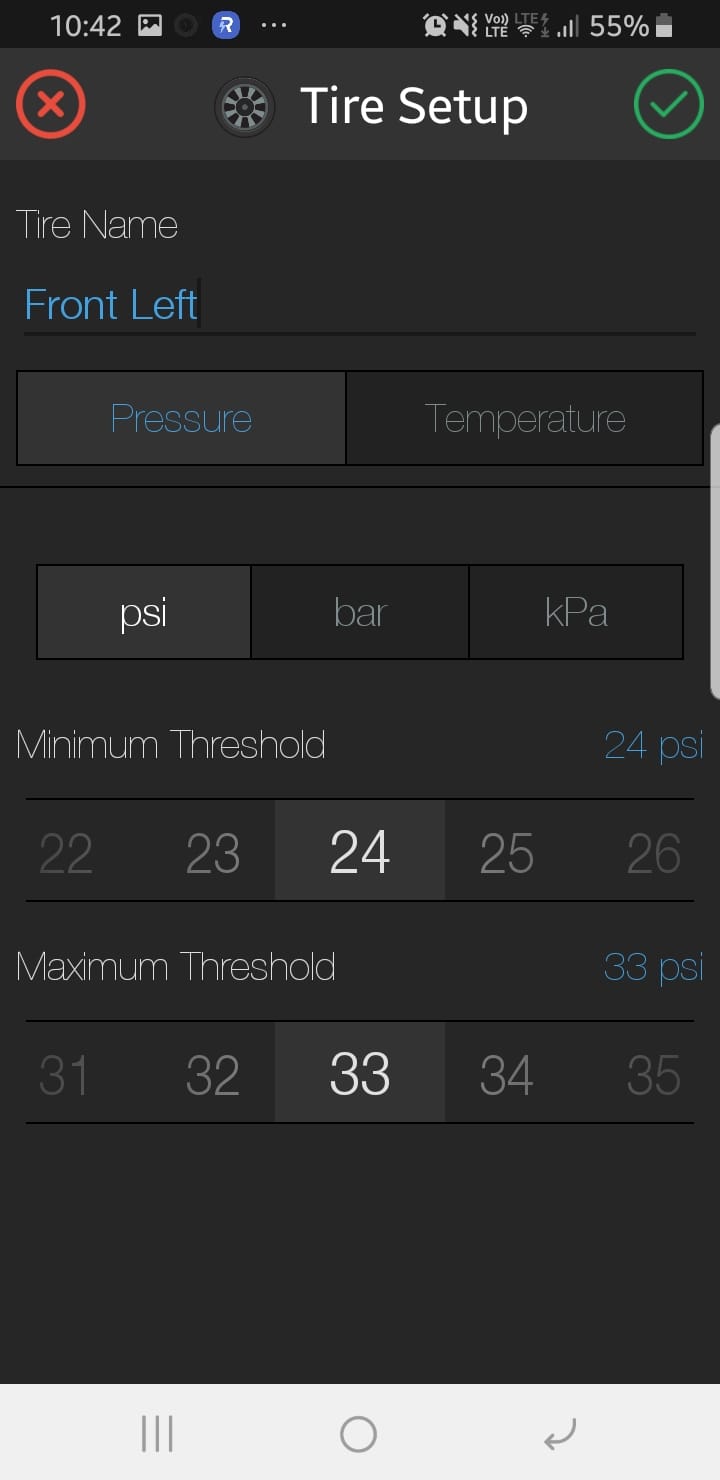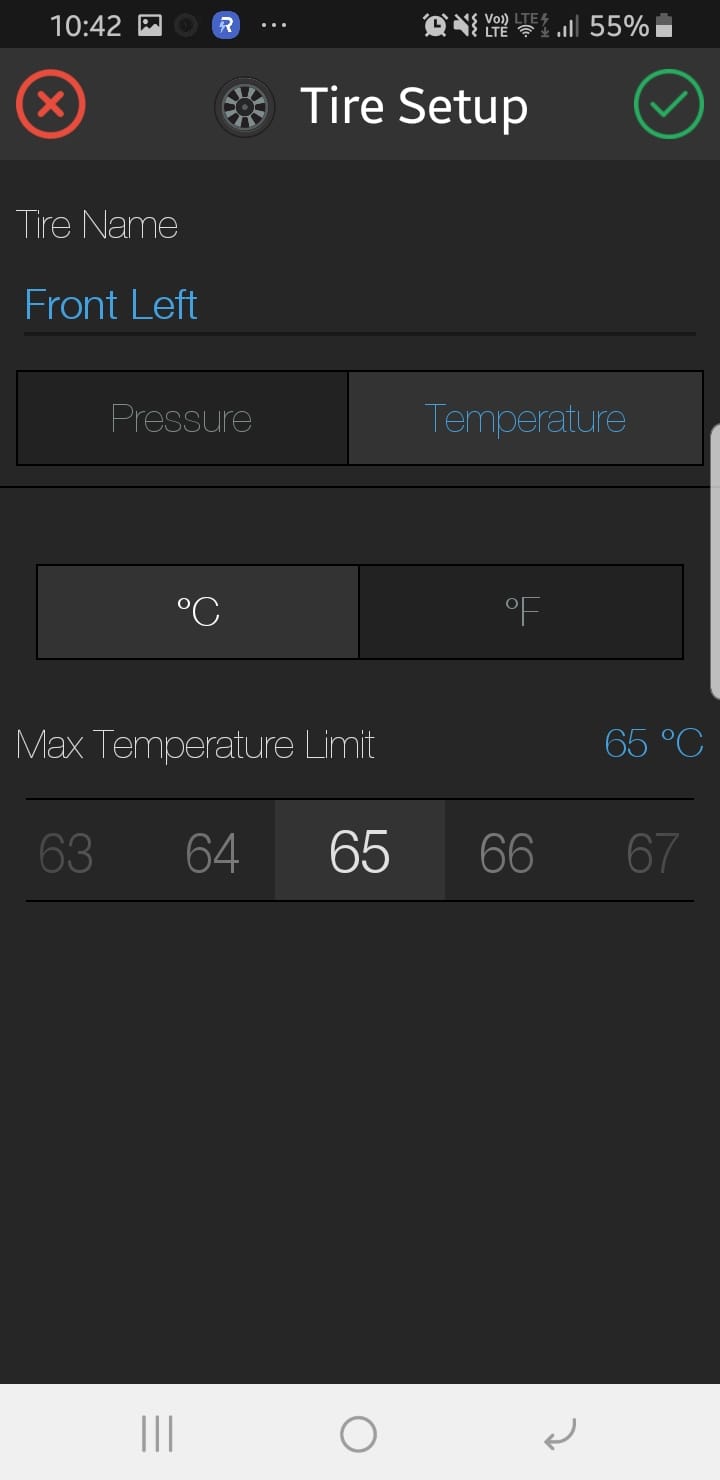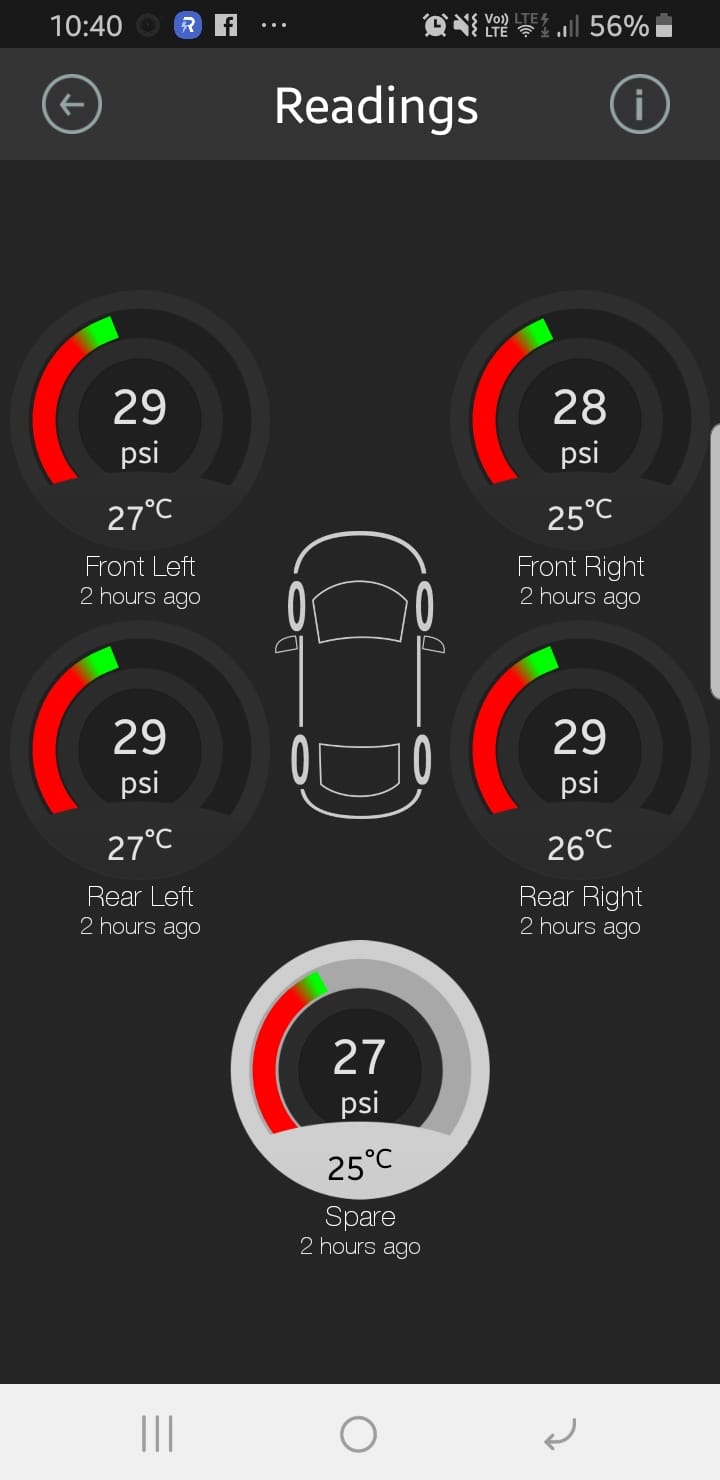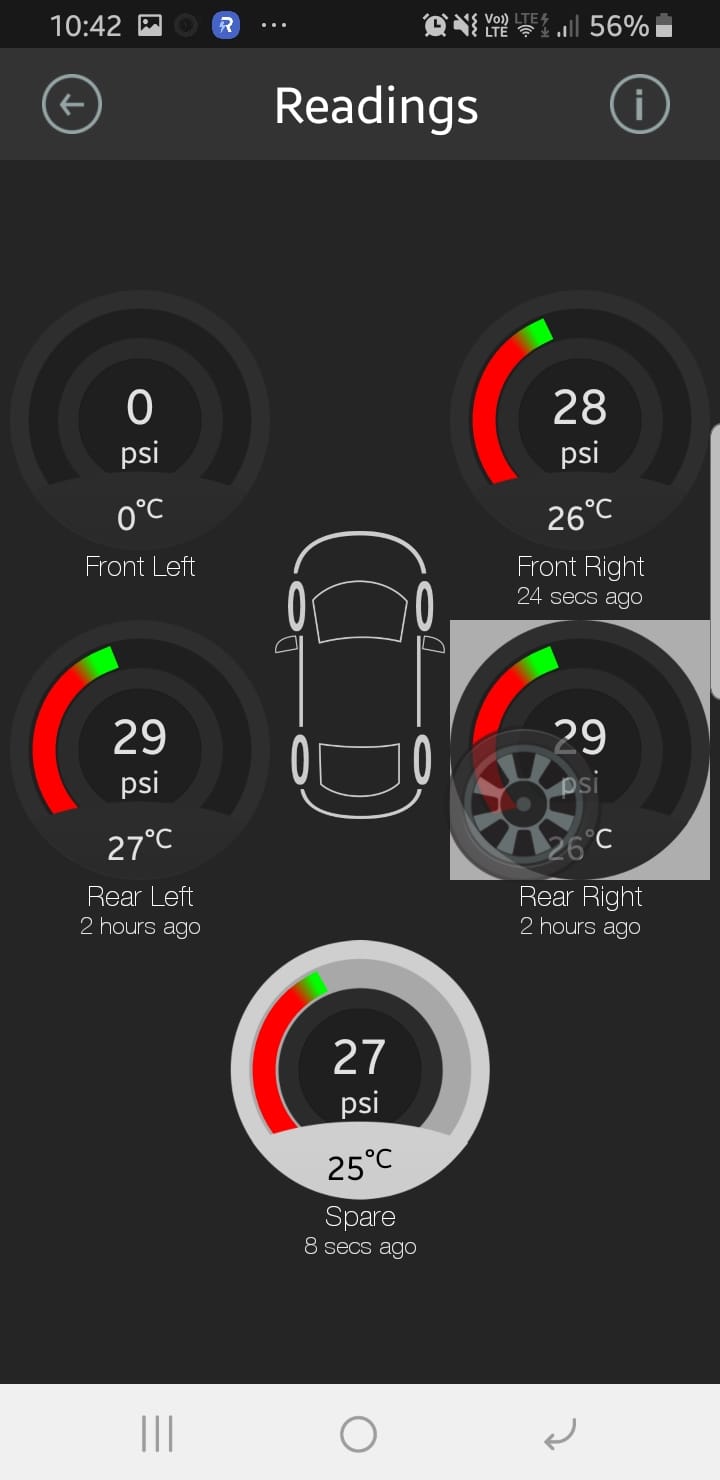Table of Contents
Underinflated Tyres can lead to a faster wear out and low mileage besides overheating which significantly increase the risk of an accident by up to 300% as per National Highway Traffic Safety Administration (NHTSA).
Similarly, an overinflated Tyre also impacts the life of your Tyre and may burst while on the highway at higher speeds, especially if the car is running on those cemented/concrete roads such as Yamuna Expressway in India.
Before you start your car or bike engine, it’s always recommended that you check the Tyre pressure and also check the spare Tyre regularly.
But tell me honestly, how many of you do that. And that’s one more reason to why you need a TPMS system in your vehicle.
A Tyre Pressure Monitoring System (TPMS) actively monitors your car or bike Tyre pressure including the spare one so that you can drive your vehicle stress free without need to check all Tyres before you begin your ride. These sensors actively monitor s the Tyre pressure and temperature ‘24x7x365 days’.
When the Tyre is underinflated, overinflated or flattened, you get instant notification on your Android or iPhone which is really handy. A new car driver like me needed something of this sort and the good news is that today, we have several TPMS options available. But broadly, there are two kinds of TPMS sensors available:
Internal TPMS Sensors
One that is mounted on the Tyre rim as a part of the Valve system
Pros
- Safe from any physical damage or theft
- Use normally, does not require any special tool to fill the air
- Longer battery life lasts up to 5 years
- Accurate Tyre internal temperature & pressure monitoring
Cons
- One time installation requires Tyres to be removed from the car
External TPMS Sensors
Another that mounts/screws on the top of the valve (in place of the plastic valve cap)
Pros
- Easy to install, does not require a technician.
Cons
- Prone to theft and physical damage
- Need a special key to lock/unlock anti-theft screw. If you lose this tool, you can’t unscrew the sensor to fill in air
- After air fill, while screwing the sensors, the Tyre lose some amount of air, fill 1 PSI more to balance that
- Shorter battery life
- The temperature shown is of outside, not internal Tyre
SenseAiry Internal TPMS (Designed & Developed In India) Installation & Review
Today in this post, I will show you how I installed an internal TPMS system from SenseAiry in My Suzuki Baleno. The best part of the SenseAiry TPMS system is that it actively monitors your vehicle Tyre pressure and sends notifications directly on my Samsung S8 Android phone and also on the 7-inch Android Auto system of my car. Isn’t that cool!
I kinda showoff to my friends and relatives and they get surprised every time! Let me show how you can get it installed in your car or any vehicle.
You can buy the TPMS system from Amazon for 6000 INR. In the package, you get,
- 5 TPMS Sensors
- 5 Valves with metal caps
- A set of sealant coated screws
- A user/installation guide
To get it installed in your car Tyres, you will have to shed another 500-700 bucks. However, the good thing is that you don’t need to calibrate the sensors. Also, they are placed inside the Tyre which makes filling air easy and also makes them theft proof. And these sensors have a battery life of up to 5 years and comes with a 1-year warranty if they ever stop working.
So after purchase, you can straightway head to your nearest Tyre shop, prefer an authorized MRF, Apollo, or similar store with proper equipment and machines as you can see.
Just ask them to remove the existing valve stems and installed these new valves with sensors attached with the help of provided screws.
While they install the sensors to your Tyres, make sure to turn on and pair the sensors with the SensAiry Android/iOS app. Alternatively, you can simply turn on the sensors by pressing the orange colored button and then pair them randomly. The app gives you the flexibility to drag and change the Tyre position within the app after setup.
NOTE: The screws are coated with a sealant, so make sure to tighten them well, otherwise, they may fell if kept loose.
Now the most important step is to get the wheel balanced. So that’s what my car mechanic did, they balanced each alloy wheel and then filled Nitrogen air.
Finally, they screwed the Tyres back to my Suzuki Baleno Zeta.
And all of this was done within 20-30 minutes. It was indeed smooth, safe, and easy.
Since I already paired the sensors, I had to just make sure that the app shows the Tyres correctly. I easily dragged and dropped Tyres to correct positions.
Other sensors, especially the external one don’t give you so much flexibility. Plus, they are costly such as Nonda and unlike Tymtix, you need to install it outside Tyre which makes it prone to theft even if they are screwed with anti-theft screws.
Further, you will have to take out the sensor caps every time you have to fill in the air and so you will have to keep the provided special key to unscrew the anti-theft screw. If you ever miss or forget, you will have a hard time during your long journeys. Also, while screwing sensors, your Tyres lose a bit of air.
The TPMS system from SenseAiry is really convenient and a must-have accessory for the safety of you and your family. Indian car manufacturers provide these features in European markets but Indians struggle to get a car secured with airbags, and that’s the least Indians deserve. Anyways, you can buy this amazing TPMS kit from Amazon .in and get it delivered to your doorsteps within a day or two.
And while you can, maintain your car well and get TPMS installed for active Tyre Pressure Monitoring, fuel-saving, and for you & your car’s long life. I hope you enjoyed this post, and if you did, let me know via comments down below.


